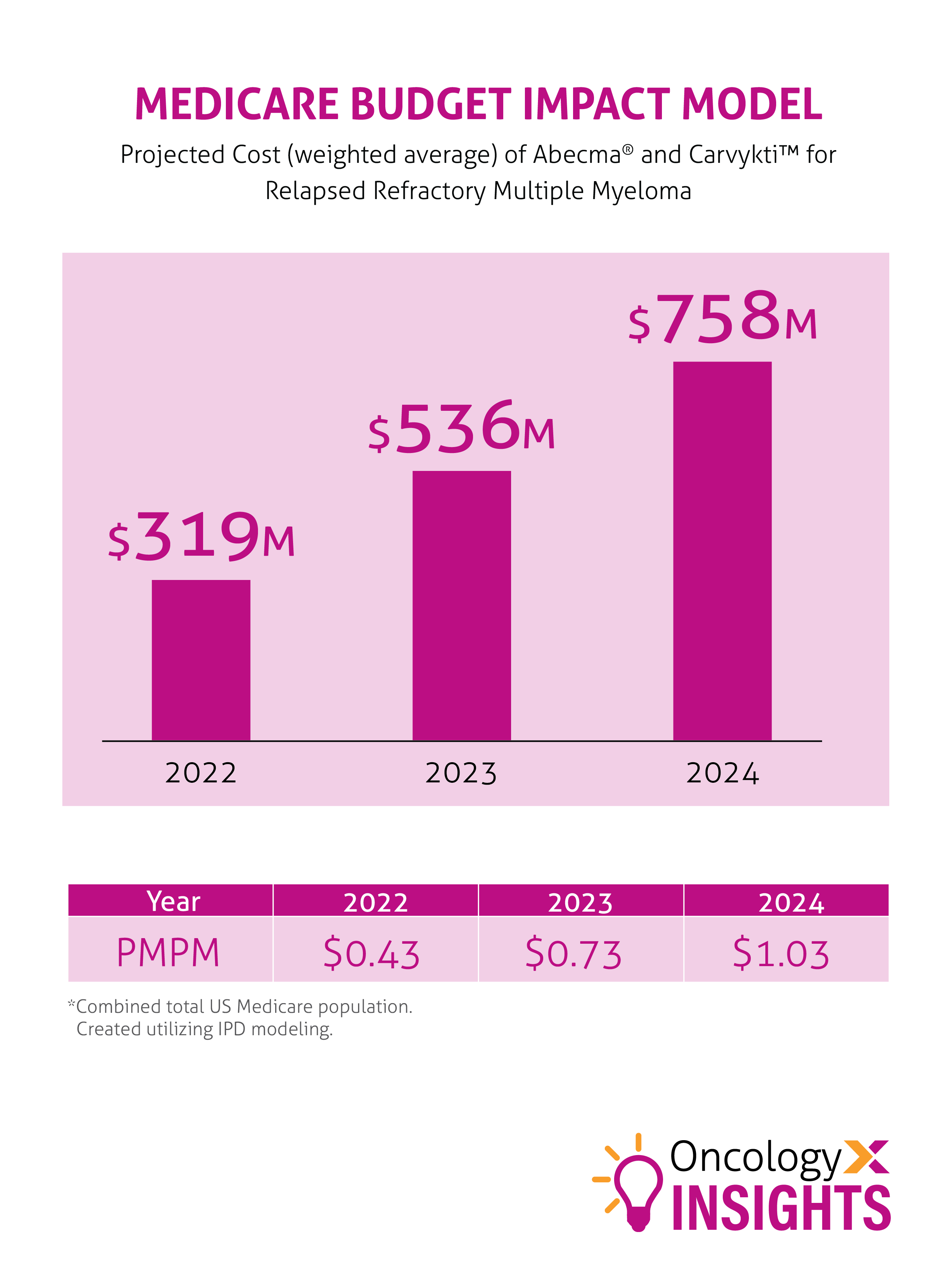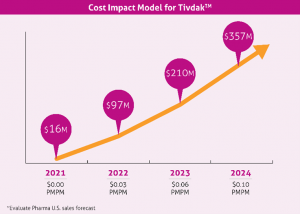We made it through Thanksgiving – hopefully emotionally unscathed. But for many, managing mental health during the holidays is not easy. Whether you deal with anxiety for months leading up to the holiday, your family is plagued with arguments or more subtle discomfort during get-togethers, and/or you are mourning the loss of a loved one and have an empty seat at the table – the holidays can be tough. In fact, in a 2021 survey, 44% of Americans said that preparing for the holidays is stressful and 39% said that family gatherings during the holidays are stressful.[1]
Holiday anxiety
Anxiety is defined by the National Institutes of Health as “a feeling of fear, dread, and uneasiness.”[2] And why might we feel anxious leading up to what one might consider a wonderous and magical occasion, such as Thanksgiving or a December holiday, with our family? The reasons are endless. It could be a difficult family member we are not looking forward to seeing. It could be that we are not feeling particularly good about ourselves and want to face others. Maybe we are hosting a holiday gathering and worried about getting everything done in time, how much everything will cost and whether everyone will have a good time.
We are barraged with media images of what the perfect holiday looks like, and we may sometimes feel pressure to be happy and festive and live up to expectations.
When we dread an upcoming holiday, it puts a damper on more than merely just that day or specific gathering, but the days, weeks, or even months leading up to it. It is almost like the reverse of excitement or anticipation. But whether we are excited or anxious about something, the actual event often does not live up to our expectations. In the case of holiday anxiety, if we can remember that it may actually end up being better than we think and simply try not to care as much, our anxiety time may be reduced. We can let go of others’ expectations of us and do what truly makes us happy.
Family arguments during the holidays
Yes, most families argue – even during the shiny holidays and behind the scenes of the happy pictures we post on social media. And just when our typical bickering was not enough, our country has become increasingly divided, and it has seeped into our very own families. There are things we can do to prevent the arguments and deal with them in a healthier way when they occur.
You have probably heard the phrase “communication is key.” A lot has changed over the past couple of years and continues to change at a rapid pace. We may think we know how a loved one would like to celebrate the holidays, for example. But their preferences, and our own, may have changed just like so much else has changed.
It’s a good idea to initiate respectful conversations – early in the holiday planning process – with our family and friends to understand where they are coming from on certain issues. It can be a way to identify the topics that should be off-limits during the upcoming holiday gathering and prevent arguments.
During these early conversations and when we’re all together for the holidays, our family members may inevitably do or say something that rubs us the wrong way. At that moment, our reaction will set the course for what comes next. As our feelings come together to form that reaction, why not assume goodwill and the best intentions of the offending person. It may be that their actions and comments reflect the way they feel about themselves and not the way they feel about you.
With so much to disagree about these days, there is also a lot we can agree on. Try to focus on the latter, agree to disagree when possible, and assume that others are coming from a place that is genuinely meaningful to them.
Grief and missing a loved one during the holidays
The pandemic has taken so much from us, including the lives of precious loved ones. The holidays have always been a difficult time to bear when we cannot share them with a lost family member or friend. During this holiday season, you can uphold and honor memories of those you have lost in many ways: Look through photographs of the person and reminisce about holidays of the past; do things you used to do with a lost loved one during the holidays, like cooking or baking a certain recipe, a craft, or decorating; and journaling or talking with others about your feelings.
It can be hard to move on without a person we love, but they would want you to be happy. We will always have their memories during the holidays and beyond, as we carry on with old and new traditions.
We can all agree that it has been another tough year. But we have endured, and it is time to let go of expectations and focus on our mental health during the holidays and how the holidays can be a time to do what makes us happy, spend quality time with those who are important to us and cherish the memories of those we have lost.
Visit MagellanHealthcare.com/Holidays for additional information and resources on holiday emotional wellbeing and how to find peace and moments of joy with family and friends this holiday season.
[1] Collage Group Holidays and Occasions Survey, May 2021
[2] https://medlineplus.gov/anxiety.html

Candice Tate, MD, MBA, serves as a medical director at Magellan Healthcare. Dr. Tate’s treatment philosophy includes a strong physician-patient therapeutic alliance and safe, responsible medication management. Dr. Tate joined Magellan in 2017. She has years of experience in psychotropic medication management for a variety of psychiatric conditions in inpatient and outpatient settings. During her graduate medical training, Dr. Tate was extensively trained in psychodynamic psychotherapy and was supervised by experienced psychoanalysts. She is also familiar with cognitive-behavioral therapy (CBT), interpersonal therapy (IPT), and dialectical behavior therapy (DBT). Dr. Tate graduated from the University of Tennessee Medical School in Memphis and completed her graduate medical education in General Psychiatry at Northwestern University’s Feinberg School of Medicine in Chicago, IL. Dr. Tate is a board-certified psychiatrist by the American Board of Psychiatry and Neurology.


